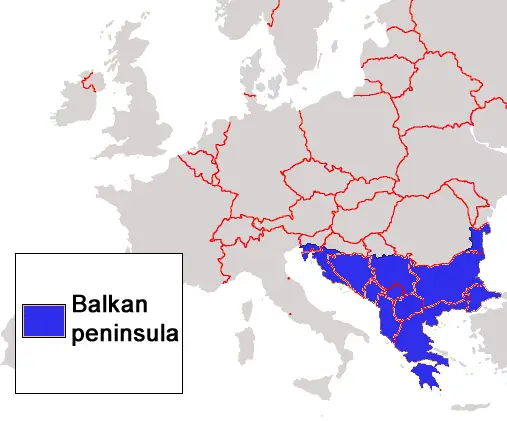The book by Croatian criminologist Anna-Marie Getoš Kalac, published by Springer, researches homicides in six Balkan countries.
“Violence in the Balkans – First findings from the Balkan Homicide Study” contains empirical data from 2,073 case files in Croatia, Hungary, Kosovo, North Macedonia, Romania and Slovenia, analysing information on 2,416 perpetrators and 2,379 victims.
The book says homicides mostly occur in towns and least in cities, including the capitals of those six countries.
Murders generally occur between intimate partners and family members, while in attempted murders the victim and the perpetrator most often are not family relations.
In the Balkans, as in all of Europe, homicides between total strangers occur in less than 15% of cases, Getoš Kalac, a professor at the Zagreb Faculty of Law, says in her research.
Homicide perpetrators are most frequently men and the victims are mostly other men. As for violence between intimate partners, men are the perpetrators in 15% of cases and women in 39%. Although they are less frequently homicide perpetrators, when they commit it, 72% of them kill men.
As for motive, more violence is premeditated than committed in the heat of the moment and about half the motives remain unclear, followed by violence out of revenge or greed.
Despite easier access to firearms due to the 1990s wars, only 13% of perpetrators use firearms, whereas 62% use cold steel and 21% use no weapon at all, says Getoš Kalac.
She says she could not establish a link between violence and organised crime and that only 1.6% of all perpetrators can be at least somewhat linked to the criminal underworld. The reason is that in those cases the perpetrators are often unknown and are not entered into case files.
In two out of three particularly brutal cases, the victims are women, and in those cases it is rarely established that the perpetrators were mentally unstable or had diminished responsibility. Women make up 28.5% and men 71.5% of victims in less brutal homicides.
The book reveals a picture of homicides that greatly contrasts with popular preconceptions about the Balkans according to which the region is inclined towards violence due to a tradition of robbery and the legacy of weak states, which is ascribed to long foreign rule, Hans-Jörg Albrecht, a leading German criminologist, says in the preface.
The book shows that homicides in the Balkans don’t happen in the streets or between strangers, and that they are rarely a consequence of a conflict in the grey economy or of violent retaliation, Albrecht adds.
He says criminological research interests in Europe increasingly focus on some subgroups of victims and perpetrators, and that this could reflect political agendas. As an example, he mentions debates on femicides which call for stricter punishment for murders of women, although a global homicide study by the UN Office on Drugs and Crime shows that four in five victims are men.
Getoš Kalac says that in the Balkans as well as elsewhere in Europe quite a large number of murders remains hidden among natural deaths.
For more on lifestyle, follow TCN’s dedicated page.
For more about Croatia, CLICK HERE.










